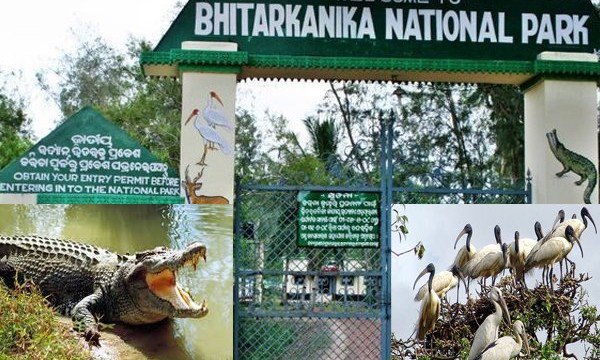Bird Population and Diversity Increases at Bhitarkanika National Park
The Bhitarkanika National Park in Odisha has seen an increase in its bird population this year, according to the Odisha forest department. The staff counted a total of 1,39,959 birds in the park, compared to 1,38,107 last year. While the number of birds has increased, the diversity of species has decreased compared to last year, with the park seeing 140 species of birds this year as opposed to 144 last year. However, many rare and endangered species were spotted during this year’s count.
Location and Importance of Bhitarkanika National Park
The Bhitarkanika National Park is a prime location for birds of different species and is located 130 km from Odisha’s capital city of Bhubaneswar. The Chilka and Bhitarkanika wetland spots in Odisha are some of the favored destinations for migratory birds during the winter months.
Bird Count Results
During the census exercise conducted on January 6th, the forest department spotted around 81,930 geese and ducks, as well as other species such as grebes, rails, gallinules, finfoots, jacanas, gulls, terns, and sandpipers. Divisional Forest Officer Adhir Behera stated, “The enumerators have sighted rare groups of winged species at the wetland spots of the national park. It is a clear indicator that Bhitarkanika is still a congenial spot for attracting birds.”
New Migratory Bird Species Sighted in Tripura
In related news, the Tripura forest department also reported that new species of migratory birds from Siberia and Europe were sighted at Sukhsagar lake in Tripura’s Gomati district. The three new species include the Ruff, found in Europe, the Oriental pratincole, and the Common crane from Siberia in Russia. Ornithologist Dipankar Sinha, a member of the state Biodiversity Board, remarked, “The flow of migratory birds this year into the lake is also amazing.”
Overall, the increased bird population and sighting of rare species at Bhitarkanika National Park and Sukhsagar lake in Tripura is a positive sign for the health and diversity of the region’s ecosystems. The “chirpy cacophony” of feathered species adds color and vibrancy to the region, and serves as a reminder of the importance of protecting and preserving these natural habitats.
Bhitarkanika National Park
The Park obtained the status of Ramsar site in 2002. It was the second area to get the status after Chilika lake. The Park is the second largest mangrove ecosystem in India.
The Fauna of the park includes saltwater crocodile, black ibis, Indian Python, wild boar, cobra, darter, monitor lizard, etc. The park holds Guinness World Record of spotting largest male salt water crocodile in the world that weighed 2,000 kg in 2006.
Month: Current Affairs - January, 2023
Category: Environment Current Affairs • India Nation & States Current Affairs








